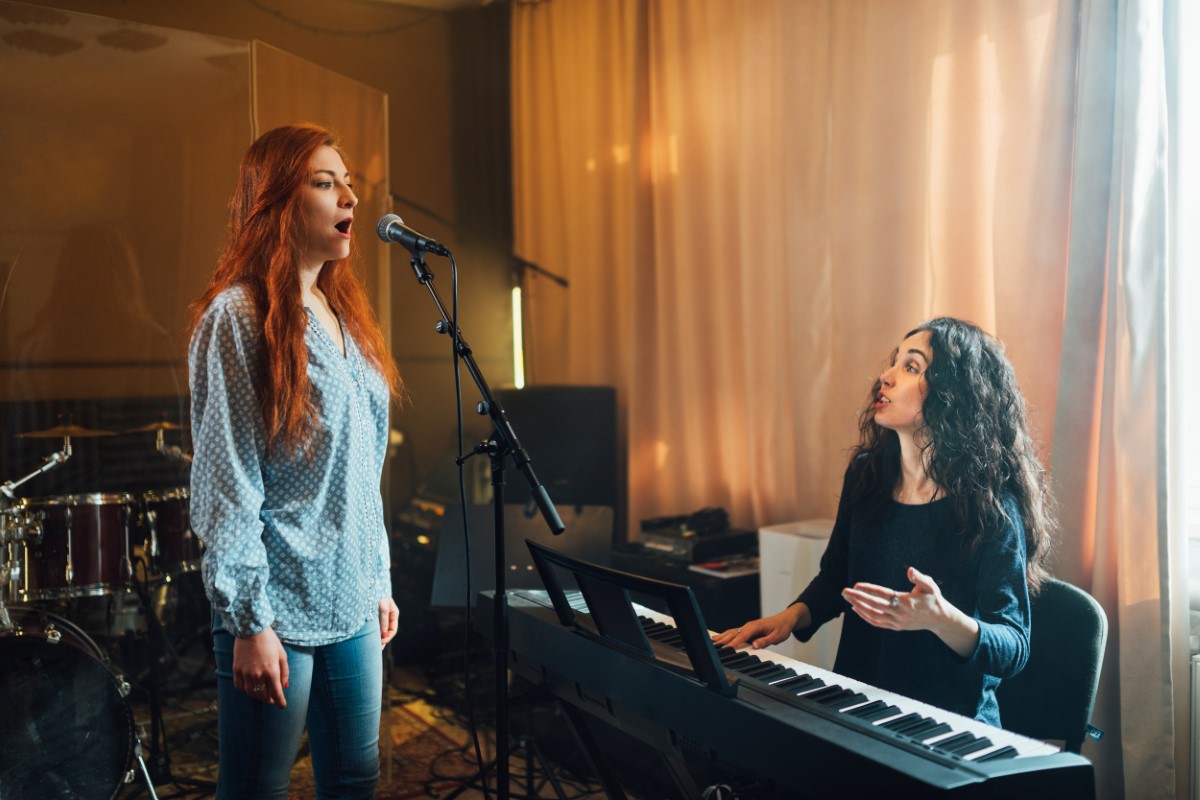Voice types are a way to classify groups of singing voices based on similar range (lowest to highest note able to sing), tessitura, (part of the range where the voice sounds best and feels most comfortable), timbre (richness of tone), and passaggio (transition between vocal registers).
Although voice types usually refer to classical or choral singers, sometimes they’re applied to non-classical singing styles such as jazz, pop, blues, soul, country, folk, and rock.
Singers should choose repertoire that suits their voice type and falls in the proper range, regardless of style.
It’s not difficult to figure out your voice type, and all you will need is a piano. I’ll take you through the steps in just a moment.

